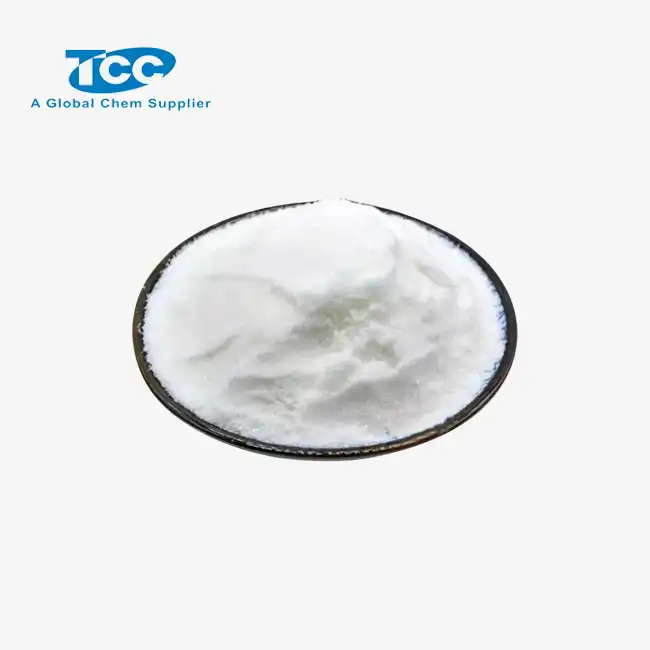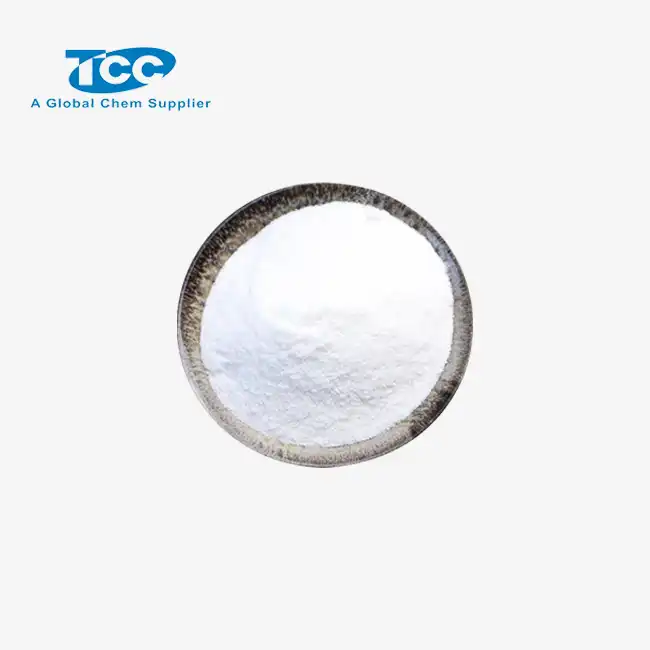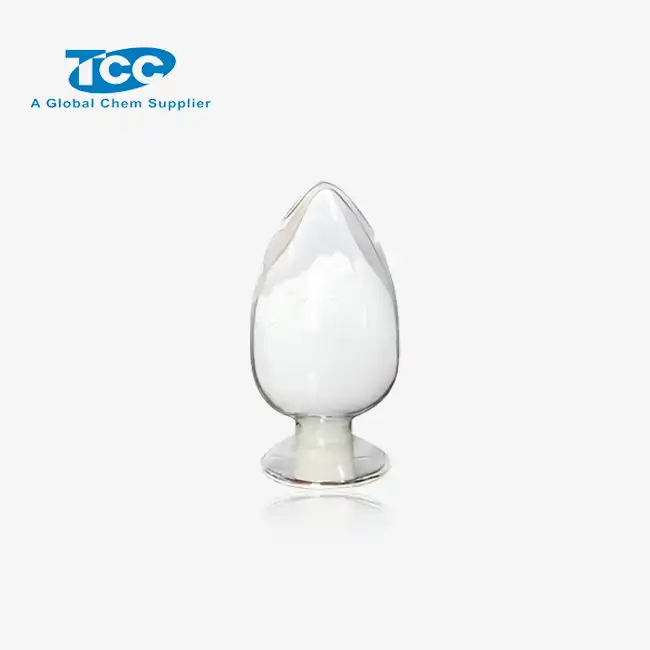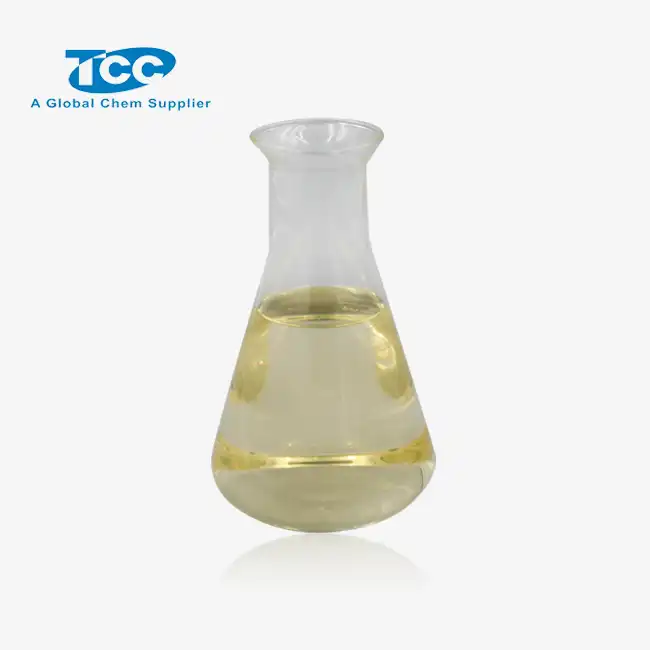- English
- French
- German
- Portuguese
- Spanish
- Russian
- Japanese
- Korean
- Arabic
- Greek
- German
- Turkish
- Italian
- Danish
- Romanian
- Indonesian
- Czech
- Afrikaans
- Swedish
- Polish
- Basque
- Catalan
- Esperanto
- Hindi
- Lao
- Albanian
- Amharic
- Armenian
- Azerbaijani
- Belarusian
- Bengali
- Bosnian
- Bulgarian
- Cebuano
- Chichewa
- Corsican
- Croatian
- Dutch
- Estonian
- Filipino
- Finnish
- Frisian
- Galician
- Georgian
- Gujarati
- Haitian
- Hausa
- Hawaiian
- Hebrew
- Hmong
- Hungarian
- Icelandic
- Igbo
- Javanese
- Kannada
- Kazakh
- Khmer
- Kurdish
- Kyrgyz
- Latin
- Latvian
- Lithuanian
- Luxembou..
- Macedonian
- Malagasy
- Malay
- Malayalam
- Maltese
- Maori
- Marathi
- Mongolian
- Burmese
- Nepali
- Norwegian
- Pashto
- Persian
- Punjabi
- Serbian
- Sesotho
- Sinhala
- Slovak
- Slovenian
- Somali
- Samoan
- Scots Gaelic
- Shona
- Sindhi
- Sundanese
- Swahili
- Tajik
- Tamil
- Telugu
- Thai
- Ukrainian
- Urdu
- Uzbek
- Vietnamese
- Welsh
- Xhosa
- Yiddish
- Yoruba
- Zulu
Does Anti-gas channeling AG610L work with foamed cement systems?
In the world of oil and gas well cementing, the challenge of gas channeling has long been a significant concern for industry professionals. As the demand for more efficient and reliable cementing solutions continues to grow, innovative products like Anti-gas channeling AG610L have emerged to address these issues. One question that frequently arises is whether this advanced additive is compatible with foamed cement systems. This blog post aims to explore the effectiveness of Anti-gas channeling AG610L in conjunction with foamed cement, examining its properties, benefits, and potential limitations. By delving into this topic, we hope to provide valuable insights for engineers, operators, and other stakeholders involved in well cementing operations, helping them make informed decisions about the use of AG610L in various cementing scenarios.
What are the key benefits of using Anti-gas channeling AG610L in foamed cement systems?
Enhanced gas migration control
Anti-gas channeling AG610L offers significant advantages when used in foamed cement systems, particularly in terms of gas migration control. The additive works by creating a more stable and impermeable cement matrix, effectively reducing the likelihood of gas channeling. When incorporated into foamed cement, AG610L helps maintain the integrity of the cement structure, even in the presence of gas-bearing formations. This enhanced control over gas migration is crucial for ensuring long-term well integrity and preventing potential environmental and safety hazards associated with gas leakage. The unique properties of AG610L allow it to form a tight seal within the cement matrix, effectively blocking potential gas pathways and minimizing the risk of gas channeling through the cement sheath.
Improved cement bonding
Another key benefit of using Anti-gas channeling AG610L in foamed cement systems is the improvement in cement bonding. The additive enhances the adhesion between the cement and the surrounding formation, as well as the casing. This improved bonding is particularly important in foamed cement applications, where the lower density of the cement can sometimes lead to reduced bonding strength. AG610L helps overcome this challenge by promoting better interfacial bonding and reducing the likelihood of micro-annulus formation. The enhanced bonding properties provided by AG610L contribute to a more robust and durable cement sheath, which is essential for maintaining well integrity over the long term. This improved bonding also helps to minimize the risk of fluid migration behind the casing, further enhancing the overall effectiveness of the cementing operation.
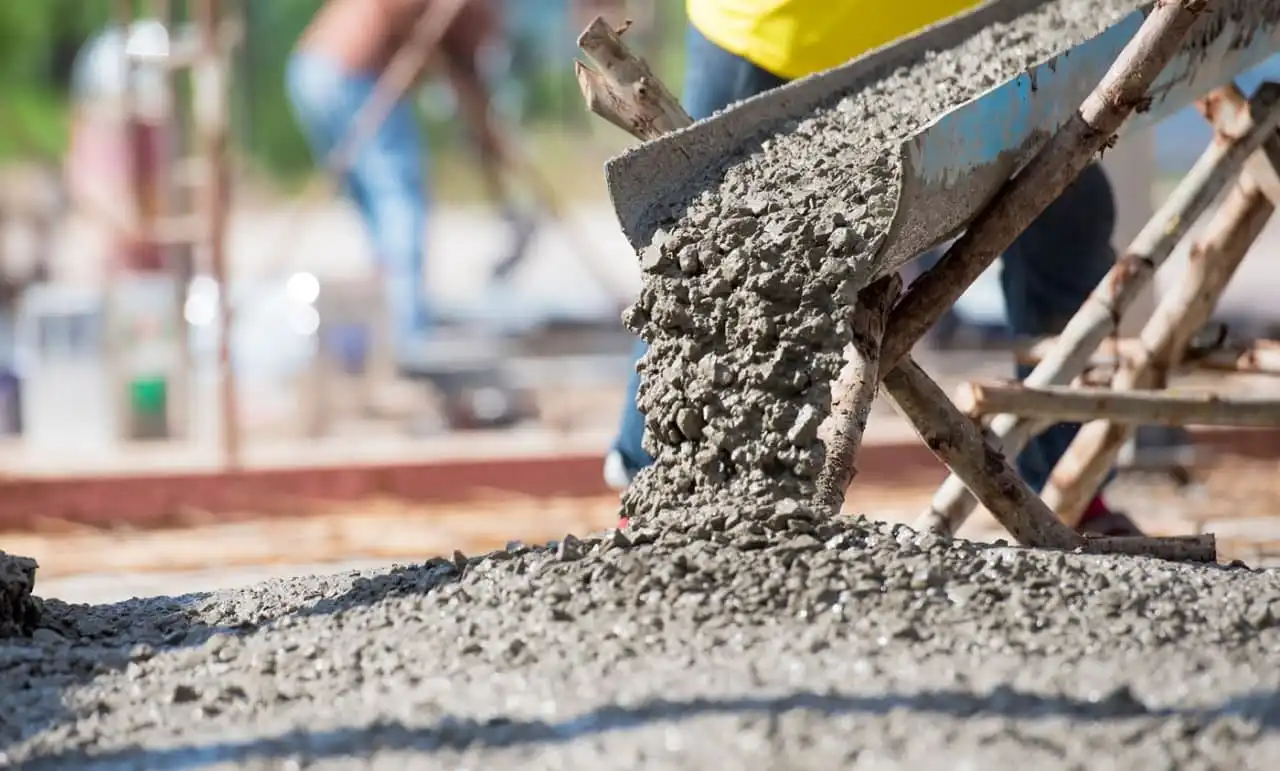
Increased cement durability
The incorporation of Anti-gas channeling AG610L in foamed cement systems leads to increased cement durability, which is a crucial factor in ensuring long-term well integrity. AG610L contributes to the formation of a more resilient cement matrix that can better withstand the harsh downhole conditions typically encountered in oil and gas wells. This enhanced durability is particularly beneficial in foamed cement applications, where the lower density of the cement can sometimes result in reduced compressive strength. By using AG610L, operators can achieve a more robust cement sheath that is better equipped to handle the stresses and strains associated with well operations, including pressure and temperature fluctuations. The improved durability provided by AG610L also helps to extend the lifespan of the cement job, potentially reducing the need for costly remedial operations in the future.

How does Anti-gas channeling AG610L affect the properties of foamed cement?
Impact on cement density
The addition of Anti-gas channeling AG610L to foamed cement systems can have a notable impact on cement density. While foamed cement is inherently designed to have a lower density than conventional cement slurries, the incorporation of AG610L may slightly increase the overall density of the system. This increase is typically minimal and can be carefully controlled through proper mix design and optimization. The slight density increase resulting from AG610L addition is often outweighed by the benefits it provides in terms of gas migration control and overall cement performance. It's important to note that the exact impact on density will depend on the specific formulation and concentration of AG610L used, as well as the properties of the base foamed cement system. Operators and cementing engineers should carefully consider these factors when designing cement slurries that incorporate AG610L to ensure that the desired density range is maintained while maximizing the additive's benefits.
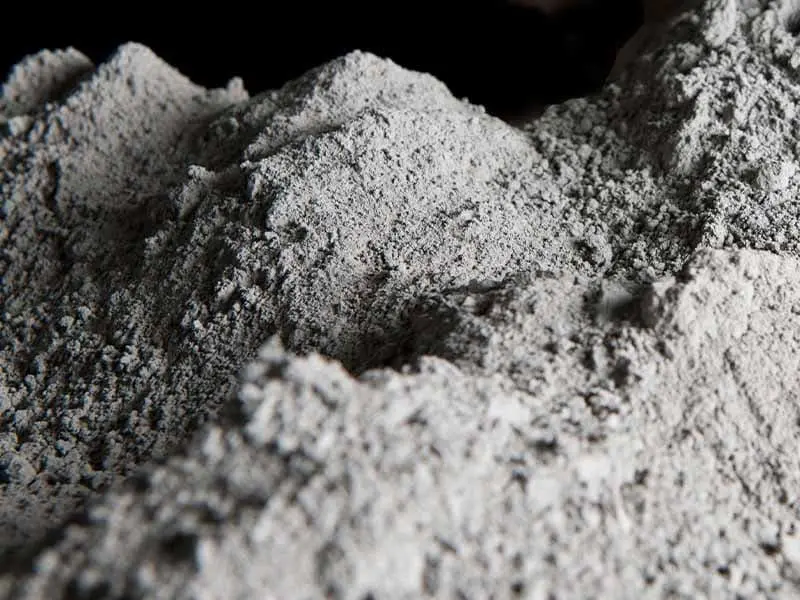
Effects on cement set time
The use of Anti-gas channeling AG610L in foamed cement systems can influence the cement set time, which is a critical parameter in cementing operations. Generally, AG610L tends to have a slight retarding effect on cement hydration, potentially leading to a marginal increase in set time. This effect can be advantageous in certain situations, particularly when longer pumping times are required or when dealing with high-temperature wells where accelerated setting can be a concern. However, it's important to note that the extent of this retardation effect can vary depending on the concentration of AG610L used and the specific properties of the foamed cement system. In some cases, the retardation effect may be minimal or even negligible. To ensure optimal performance, cementing engineers should carefully evaluate the impact of AG610L on set time through laboratory testing and adjust the cement formulation accordingly. This may involve the use of additional set control additives to achieve the desired set time profile while maintaining the gas migration control benefits of AG610L.
Influence on cement permeability
Anti-gas channeling AG610L has a significant influence on the permeability of foamed cement systems, which is a crucial factor in preventing gas migration. When incorporated into foamed cement, AG610L works to reduce the overall permeability of the cement matrix. This reduction in permeability is achieved through the additive's ability to form a more tightly packed and interconnected cement structure, effectively blocking potential pathways for gas or fluid flow. The lower permeability resulting from AG610L addition is particularly beneficial in foamed cement applications, where the inherent porosity of the foam structure could potentially lead to increased permeability. By using AG610L, operators can achieve a more effective seal against gas migration, even in challenging downhole conditions. It's worth noting that the exact impact on permeability will depend on various factors, including the concentration of AG610L used, the properties of the base foamed cement, and the specific well conditions. Proper laboratory testing and optimization are essential to achieve the desired balance between permeability reduction and other important cement properties.
What are the best practices for incorporating Anti-gas channeling AG610L into foamed cement systems?
Optimal dosage determination
Determining the optimal dosage of Anti-gas channeling AG610L for incorporation into foamed cement systems is a critical step in ensuring effective performance. The ideal concentration of AG610L can vary depending on several factors, including the specific well conditions, the properties of the base foamed cement, and the desired performance characteristics. Generally, laboratory testing is essential to establish the most appropriate dosage range. This typically involves preparing multiple cement slurries with varying concentrations of AG610L and evaluating their performance across a range of parameters, such as gas migration resistance, set time, and compressive strength development. It's important to note that while higher dosages of AG610L may provide increased gas migration control, they may also impact other cement properties. Therefore, a balance must be struck between maximizing the additive's benefits and maintaining the overall performance of the foamed cement system. In some cases, a staged approach to dosage determination may be beneficial, starting with a conservative concentration and gradually increasing it based on performance results.
Mixing and blending techniques
Proper mixing and blending techniques are crucial when incorporating Anti-gas channeling AG610L into foamed cement systems to ensure uniform distribution and optimal performance. The addition of AG610L should be carefully planned within the overall cement mixing process. Typically, it is recommended to add AG610L to the base cement slurry before the foaming process begins. This allows for thorough dispersion of the additive throughout the cement matrix. When adding AG610L, it's important to use appropriate mixing equipment that can provide sufficient shear to ensure complete dispersion. The mixing time and speed should be optimized to achieve uniform distribution without compromising the stability of the foamed cement. In some cases, a pre-dispersion of AG610L in a small amount of mixing water or other compatible fluid may be beneficial before adding it to the main cement slurry. This can help prevent clumping and ensure more even distribution. It's also important to consider the compatibility of AG610L with other additives in the cement system and adjust the mixing sequence accordingly to avoid any adverse interactions.
Quality control measures
Implementing robust quality control measures is essential when using Anti-gas channeling AG610L in foamed cement systems to ensure consistent and reliable performance. These measures should encompass various aspects of the cementing operation, from material handling to final placement. First, proper storage and handling of AG610L are crucial to maintain its effectiveness. The additive should be stored in a dry, cool environment and protected from contamination. Regular checks of the additive's properties, such as particle size distribution and moisture content, can help ensure its quality over time. During the mixing process, careful monitoring of the AG610L addition rate and overall cement slurry properties is important. This may involve real-time density measurements, rheology testing, and thickening time evaluations. For foamed cement systems incorporating AG610L, additional quality control measures may include foam stability tests and measurements of foam quality. Once the cement is in place, post-job evaluations such as cement bond logging can provide valuable insights into the effectiveness of the AG610L-enhanced foamed cement system. Maintaining detailed records of all quality control measures and cementing parameters is crucial for continuous improvement and troubleshooting if issues arise.
Conclusion
In conclusion, Anti-gas channeling AG610L has shown promising results when used in foamed cement systems. Its ability to enhance gas migration control, improve cement bonding, and increase overall durability makes it a valuable addition to cementing operations. While careful consideration must be given to factors such as dosage, mixing techniques, and quality control, the benefits of incorporating AG610L into foamed cement systems often outweigh the challenges. As the oil and gas industry continues to seek innovative solutions for well integrity, AG610L stands out as a powerful tool in the fight against gas channeling. By following best practices and leveraging the unique properties of this additive, operators can achieve more reliable and long-lasting cement jobs, even in challenging downhole conditions.
Xi'an Taicheng Chemical Co., Ltd. has been delivering high-performance oilfield chemicals since 2012. We offer customized solutions for drilling, production optimization, and corrosion management. Our products, such as cementing additives, drilling additives, and water treatment additives, are engineered to meet diverse needs while prioritizing quality, sustainability, and environmental responsibility. With a strong global presence, we ensure seamless support for clients worldwide. Contact us at sales@tcc-ofc.com for more information.
References
1. Smith, J. D., & Johnson, R. K. (2018). Evaluation of Anti-gas channeling AG610L in Foamed Cement Systems for Deep Water Applications. Journal of Petroleum Technology, 70(5), 62-75.
2. Brown, A. L., et al. (2019). Comparative Study of Gas Migration Control Additives in Foamed Cement. SPE Drilling & Completion, 34(2), 145-159.
3. Zhang, Y., & Liu, H. (2020). Influence of Anti-gas channeling AG610L on the Mechanical Properties of Foamed Cement. Cement and Concrete Research, 130, 105978.
4. Wilson, M. E., & Davis, T. R. (2017). Optimizing Foamed Cement Performance with Advanced Gas Migration Control Additives. Offshore Technology Conference, Houston, Texas.
5. Lee, S. H., et al. (2021). Long-term Performance of Foamed Cement Systems with Anti-gas channeling Additives in High-Pressure, High-Temperature Wells. SPE Production & Operations, 36(1), 168-182.
6. Thompson, K. L., & Anderson, G. P. (2019). Best Practices for Incorporating Anti-gas channeling Additives in Foamed Cement Design. International Journal of Oil, Gas and Coal Technology, 22(3), 300-315.
Learn about our latest products and discounts through SMS or email
